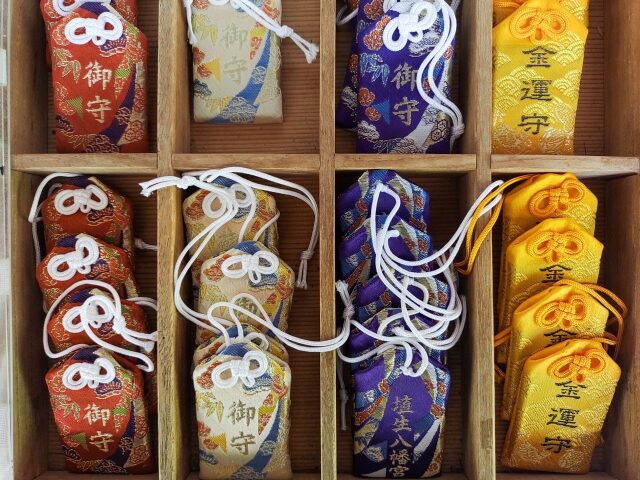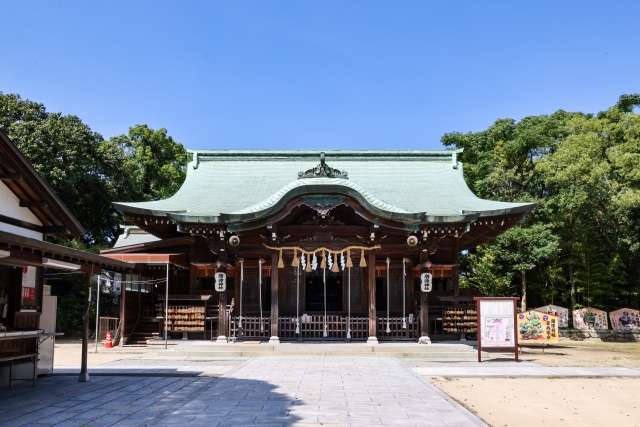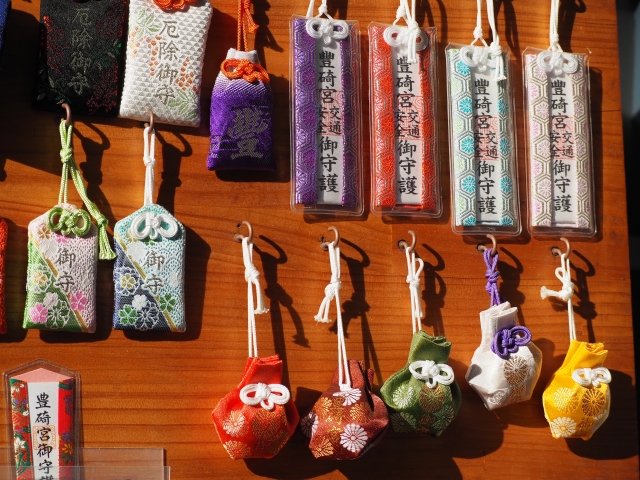Omamori are traditional Japanese amulets sold at Shinto shrines and Buddhist temples.
The word "omamori" comes from the verb mamoru (to protect), and these small charms are believed to provide protection and bring good fortune.
They are usually made of brocade cloth, with a piece of paper or wood inside that contains prayers or blessings.
Common Types of Omamori

1. Health and Safety
-
Kenko Mamori (健康守り)
: For good health and recovery from illness. -
Kotsu Anzen (交通安全)
: Protection for drivers, cyclists, and travelers.
2. Success and Achievement
-
Gakugyo Joju (学業成就)
: Academic success, popular among students. -
Shobai Hanjo (商売繁盛)
: Prosperity in business and financial stability.
3. Love and Relationships
-
Enmusubi (縁結び)
: For love, marriage, and strong relationships. -
Anzan (安産)
: Safe childbirth and healthy babies.
4. Protection from Evil
-
Yakuyoke (厄除け)
: To ward off evil spirits and misfortune. -
Shiawase Mamori (幸せ守り)
: General happiness and well-being.
Colors and Designs
Omamori come in a variety of colors, and each has a symbolic meaning:
-
Red: Energy, protection, vitality
-
White: Purity, peace, safe childbirth
-
Gold: Wealth and prosperity
-
Pink: Love and relationships
Where to Buy Omamori

Omamori are sold at almost every shrine and temple in Japan.
Some of the most famous places include:
-
Meiji Jingu (Tokyo): Wide variety of omamori for health, love, and business.
-
Kiyomizu-dera (Kyoto): Popular for academic success charms.
-
Izumo Taisha (Shimane): Famous nationwide as the shrine for love and marriage.
💡 Price Range: Most omamori cost between 500–1,000 yen ($3–7 USD).
Special or seasonal charms may be slightly more expensive.
How to Use Omamori
-
Keep the omamori close to you (in a bag, wallet, or car).
-
Do not open it, as the blessing is sealed inside.
-
Replace it once a year to renew its spiritual power.

